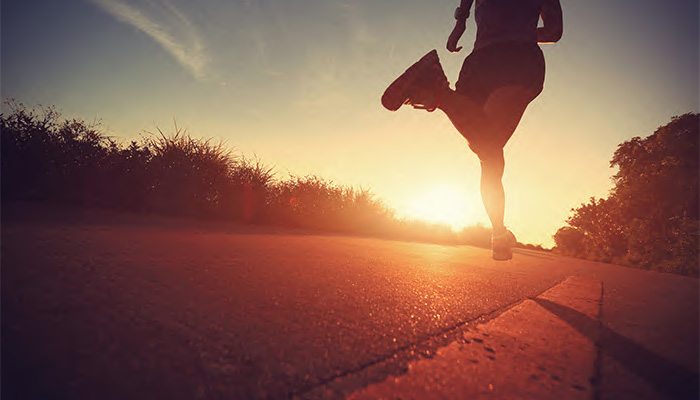Can doing squats really improve your brain? A new study suggests that strong legs can enhance your cognitive function. Researchers from the King’s College London have taken over 10 years to uncover evidence that supports a ‘striking protective relationship’ between brain performance and leg muscle force.
The research suggests:
‘Simple lifestyle changes to boost our physical activity may help to keep us both mentally and physically healthy.’
Scientists have come to this conclusion by testing 324 healthy female twins from the UK beginning in 1999. Thinking, learning and memory were measured from the beginning of the study, with researchers discovering that leg power was a better predictor of cognitive change than any other lifestyle factors tested.
Scientists were careful to control the experiment to ensure that other factors were not contributors to the overall results. They measured various health and lifestyle predictors over the entire study and therefore able to control for genetic factors affecting changes in cognitive function.
“Identical twins are a useful comparison, as they share many factors, such as genetics and early life, which we can’t change in adulthood.” Dr Claire Steves, lead author and Senior Lecturer in Twin Research at King’s College London and King’s College Hospital
In most cases, the twin who had stronger leg power at the beginning of the study continued to have higher cognition, this advantage also led to fewer brain changes associated with ageing.
This study, along with others, contributes to the growing evidence that physical activity has a favourable effect on the ageing of the brain. A previous animal study showed similar results in which the animals that exercised their muscles more often released hormones that encouraged nerve cells to grow.







